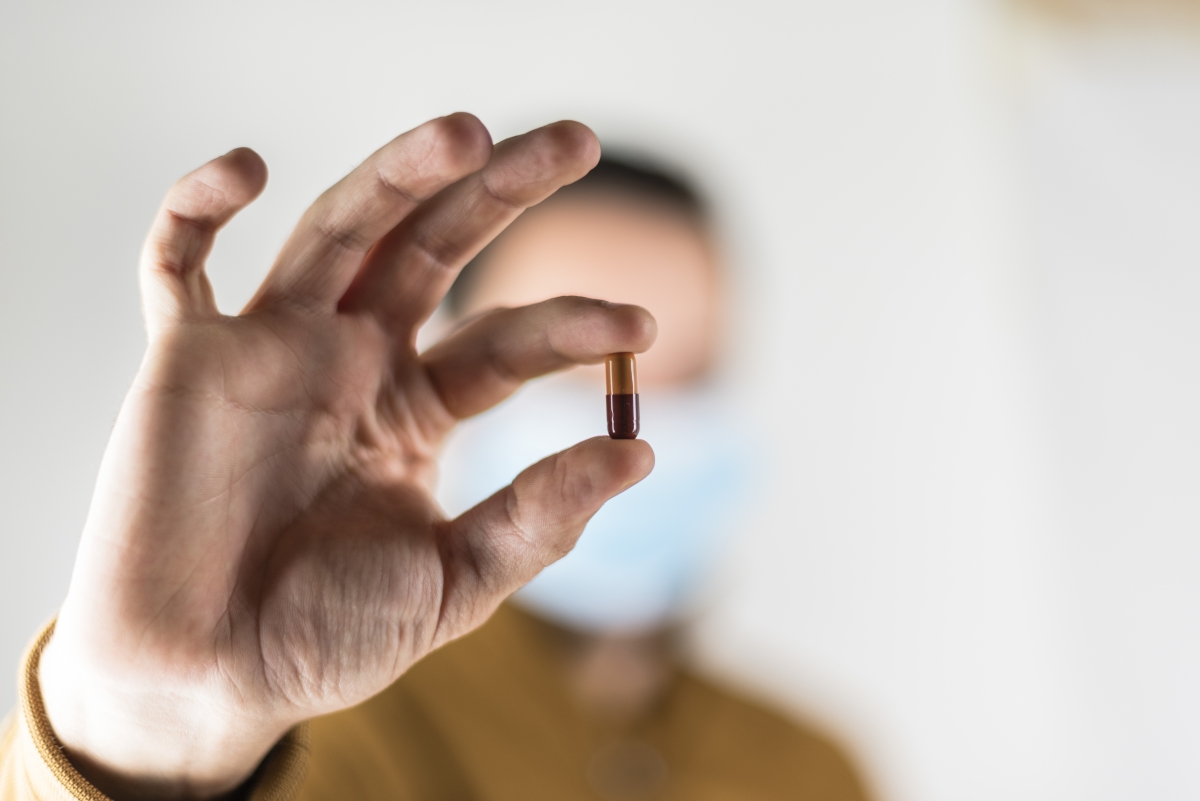June 2018
Fernando Cabo, MSc, Amanda Baskwill, MSc, Isaac Aguaristi, Slava Christophe-Tchakaloff, LLM, and Jean-Philippe Guichard
Abstract
Background
Although shiatsu has been taught in specialized schools in Japan since 1940, there is a limited amount of research for its practice. As a result, authors substitute shiatsu with acupressure to use available research on acupressure. It is the position of the authors that, while the two share common aspects, they are substantively different. This project was undertaken to describe technical differences and advocate for a clear distinction, especially in research studies and academic discussions.
Methods
To understand whether it is appropriate to include acupressure studies in the evidence for shiatsu an analysis of the references included in a frequently cited systematic review was conducted to collect information about the protocols. In addition, a preliminary exploration of shiatsu practitioners’ perceptions about the differences between shiatsu and acupressure is described. This exploration used videos of shiatsu and acupressure techniques and asked practitioners to comment on their perception of similarity.
Discussion
The results identified several key technical differences between the two, including type of pressure applied, the positioning of the thumb, and the way in which body weight is used. Researchers should separate shiatsu and acupressure in their designs and purposively choose one or the other. To facilitate such clarification, we have proposed a definition for shiatsu that may facilitate the differentiation between these two techniques.
Conclusion
The authors hope to stimulate discussion about the differences between shiatsu and acupressure, and to question the appropriateness of using acupressure studies as evidence of the efficacy of shiatsu. A true understanding of the efficacy of shiatsu cannot be determined until studies use a common definition of shiatsu and discontinue substituting acupressure research for evidence of shiatsu efficacy. When this happens, it is proposed that a clearer picture of the safety, efficacy, and mechanism of action of both shiatsu and acupressure will emerge.











